Increased Focus on Cost Efficiency
Cost efficiency is becoming a critical focus within the Healthcare Third-party Logistic Market. As healthcare organizations strive to reduce operational costs, they are increasingly turning to third-party logistics providers to streamline their supply chain processes. By outsourcing logistics functions, healthcare providers can concentrate on their core competencies while benefiting from the expertise of 3PL providers. Recent studies indicate that companies utilizing third-party logistics can reduce logistics costs by up to 10-15%. This financial incentive is driving more healthcare organizations to consider 3PL partnerships, thereby expanding the market. As a result, the Healthcare Third-party Logistic Market is likely to see a rise in collaborations between healthcare entities and logistics providers, fostering a more integrated approach to supply chain management.
Technological Advancements in Logistics
Technological advancements are significantly shaping the Healthcare Third-party Logistic Market. Innovations such as real-time tracking, automated inventory management, and data analytics are transforming how logistics providers operate. These technologies enable more efficient routing, reduce delivery times, and enhance overall service quality. For instance, the integration of Internet of Things (IoT) devices allows for continuous monitoring of temperature-sensitive shipments, ensuring product integrity. The market is witnessing an investment surge in logistics technology, with projections indicating that spending on logistics technology could exceed USD 30 billion by 2025. This trend suggests that 3PL providers who leverage technology will likely gain a competitive edge, thereby influencing the dynamics of the Healthcare Third-party Logistic Market.
Rising Demand for Efficient Supply Chains
The Healthcare Third-party Logistic Market is experiencing a notable increase in demand for efficient supply chains. This trend is driven by the need for timely delivery of medical supplies and pharmaceuticals, which is critical for patient care. As healthcare providers seek to optimize their operations, third-party logistics (3PL) providers are stepping in to offer specialized services. According to recent data, the healthcare logistics market is projected to grow at a compound annual growth rate (CAGR) of approximately 7.5% over the next few years. This growth indicates a shift towards more streamlined logistics solutions that can handle the complexities of healthcare supply chains, including temperature-sensitive products and regulatory compliance. Consequently, 3PL providers are adapting their services to meet these evolving demands, thereby enhancing their role within the Healthcare Third-party Logistic Market.
Regulatory Compliance and Quality Assurance
Regulatory compliance remains a pivotal driver within the Healthcare Third-party Logistic Market. As healthcare regulations become increasingly stringent, logistics providers must ensure that their operations adhere to these standards. This includes maintaining proper documentation, ensuring product traceability, and implementing quality assurance protocols. The healthcare sector is subject to various regulations, including those from health authorities and safety organizations, which necessitate a robust logistics framework. The market for healthcare logistics is expected to reach USD 100 billion by 2026, underscoring the importance of compliance in maintaining operational integrity. 3PL providers that prioritize regulatory adherence not only mitigate risks but also enhance their credibility in the Healthcare Third-party Logistic Market, making them more attractive to potential clients.
Growing Importance of Patient-Centric Services
The growing importance of patient-centric services is reshaping the Healthcare Third-party Logistic Market. As healthcare providers increasingly prioritize patient outcomes, logistics plays a crucial role in ensuring that patients receive timely access to medications and medical supplies. This shift towards patient-centricity is prompting logistics providers to develop tailored solutions that cater to the specific needs of healthcare organizations. For example, personalized delivery options and flexible inventory management systems are becoming more prevalent. The market is projected to grow as healthcare providers recognize the value of logistics in enhancing patient satisfaction and outcomes. This trend indicates that 3PL providers who can offer innovative, patient-focused solutions will likely thrive in the evolving landscape of the Healthcare Third-party Logistic Market.


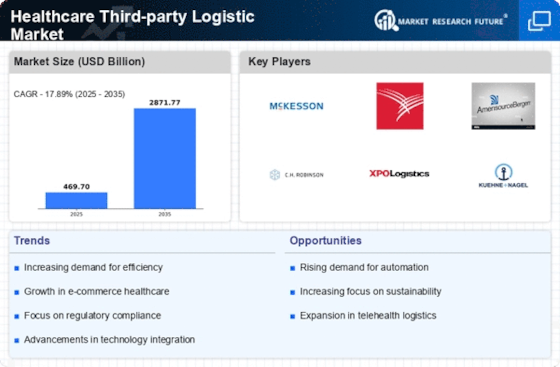
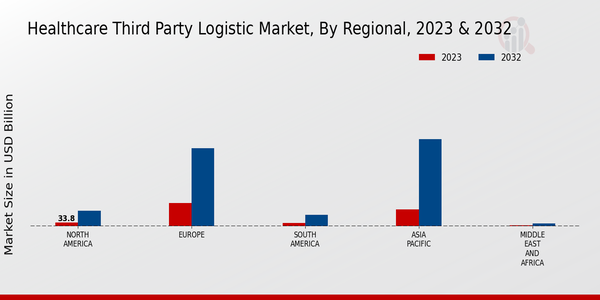
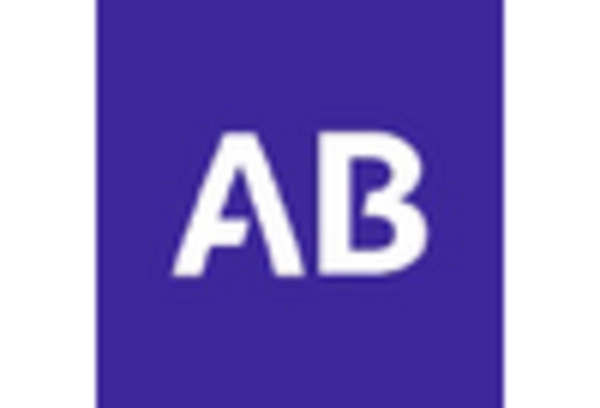


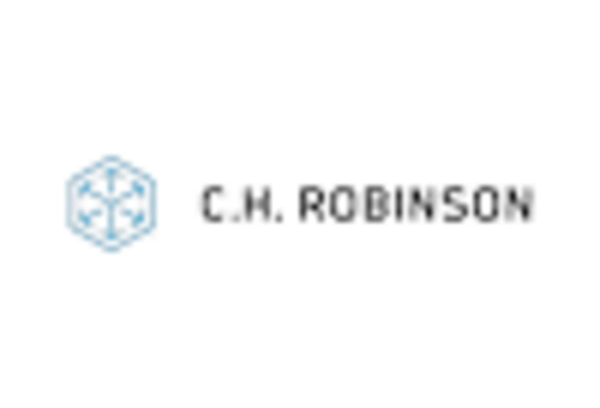

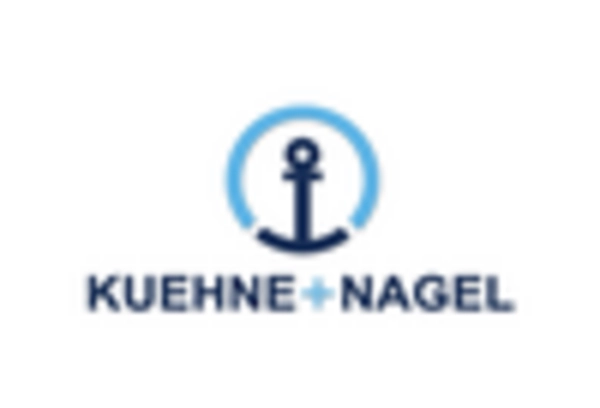


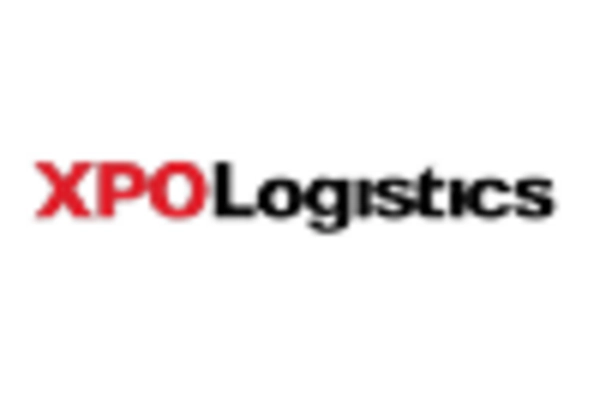








Leave a Comment